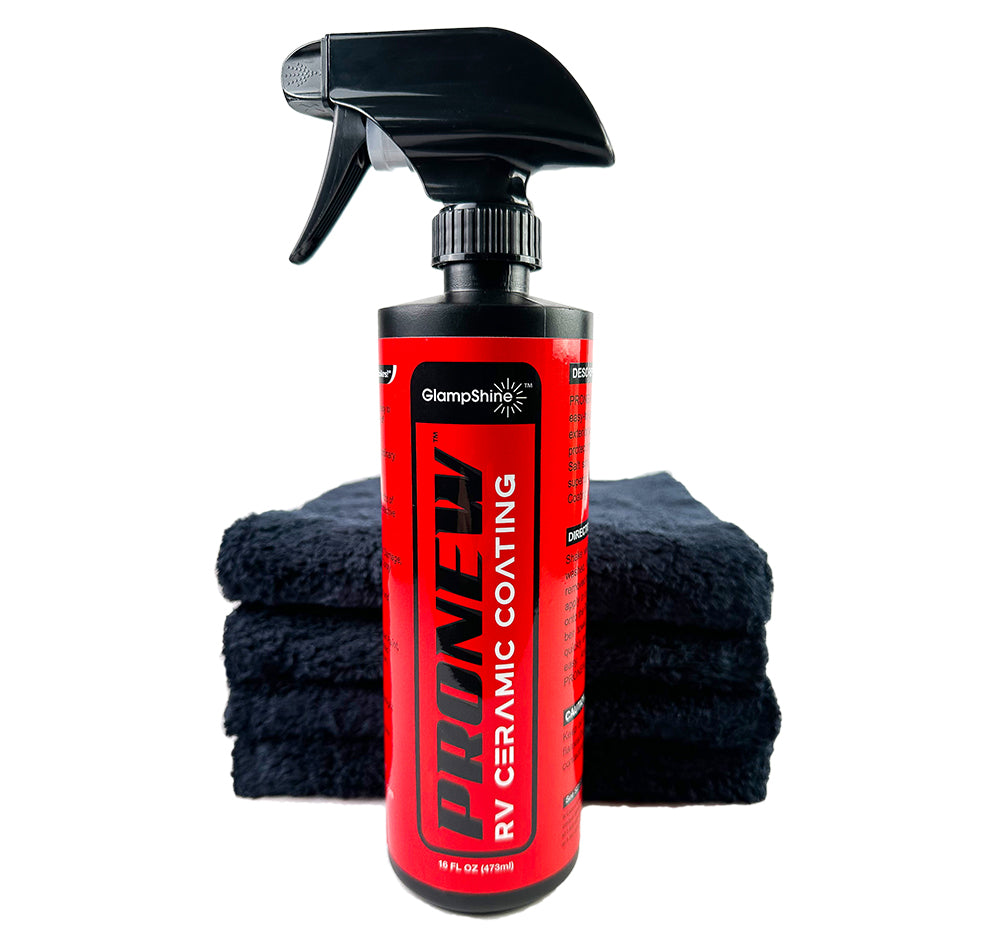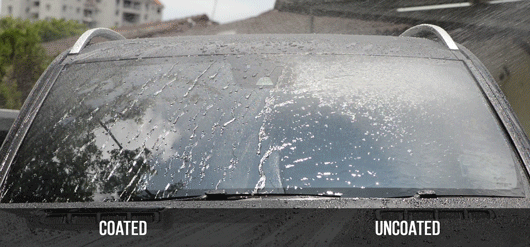The Scientific research Behind the Durability of Ceramic Coating Philadelphia Applications
The Scientific research Behind the Durability of Ceramic Coating Philadelphia Applications
Blog Article
Why Ceramic Coating Is the Ultimate Solution for a Remarkable End Up
Ceramic covering has actually arised as a leading service for those looking for a remarkable finish for their cars, many thanks to its impressive longevity and safety attributes. This sophisticated liquid polymer not only bonds effortlessly with factory paint however additionally supplies a powerful barrier versus typical dangers such as scrapes, UV rays, and environmental toxins. Furthermore, its hydrophobic properties streamline maintenance while enhancing visual charm. Comprehending how this modern technology compares to standard approaches and discovering its application nuances can expose also much more about its value. What factors genuinely set ceramic finish apart?
What Is Ceramic Finishing?

When applied correctly, ceramic covering develops a hydrophobic surface that repels water and dust, making it simpler to maintain and clean up. Unlike standard waxes or sealants, which commonly offer short-lived defense, ceramic coverings can last for a number of years, depending on the product high quality and application method. The procedure of applying ceramic finish needs thorough preparation, consisting of thorough cleaning and occasionally paint correction, to ensure optimum bonding and effectiveness.
Ceramic layers are not limited to auto surface areas; they can additionally be utilized on various products, consisting of glass, metal, and plastics, providing a flexible remedy for enhancing security. Generally, ceramic coating stands for a considerable advancement in surface defense innovation, incorporating both functional and aesthetic benefits for a wide variety of applications.
Benefits of Ceramic Covering
While several surface area protection options exist, the benefits of ceramic layer stand apart because of its distinct homes and lasting efficiency. One of the key benefits is its remarkable sturdiness. Ceramic Coating Philadelphia. Unlike conventional wax or sealants that need regular reapplication, ceramic coatings offer a resilient layer that can last for a number of years, substantially reducing upkeep initiatives
Another noteworthy benefit is enhanced defense versus ecological impurities. Ceramic finishes create a hydrophobic surface that wards off water, dust, and numerous contaminants, making it simpler to clean. This feature not only preserves the automobile's look but likewise reduces the threat of deterioration and oxidation, especially in extreme weather.
Additionally, ceramic finishes use premium resistance to UV rays, protecting against fading and deterioration of paint gradually. This UV protection is important for maintaining the visual value of surfaces and lorries subjected to guide sunshine.
Additionally, the shiny surface attained with ceramic coating boosts the general aesthetic allure, providing surface areas a showroom-quality luster. On the whole, ceramic coatings represent a substantial innovation in surface protection technology, providing enduring advantages that satisfy both aesthetic and practical needs.
How It Works
Comprehending the scientific research behind ceramic layers exposes how they offer such impressive security and longevity. At its core, a ceramic finishing is a liquid polymer that chemically bonds with the automobile's factory paint. This bonding creates a safety layer that is both oleophobic and hydrophobic, repelling water, dirt, and oil. The key part of a lot of ceramic coverings is silicon dioxide (SiO2), which is stemmed from quartz. This compound adds to the layer's hardness and resistance to scrapes, UV rays, and environmental impurities.
The application procedure includes several steps, consisting of surface area prep work, which is important to attaining ideal bond. When applied, the layer undertakes a treating process, throughout which it solidifies and develops a semi-permanent bond with the paint surface. This bond is what identifies ceramic layers from conventional waxes and sealants, site offering a longer-lasting protective obstacle that can endure for years.
Furthermore, the density of the layer can boost its protective high qualities, guaranteeing that it can hold up against harsh problems. Eventually, the scientific research of ceramic coatings incorporates advanced products with ingenious application strategies to supply an unmatched degree of protection and visual enhancement for cars.
Contrast With Conventional Techniques
The benefits of ceramic coatings become especially noticeable when compared to conventional paint defense approaches such as sealers and waxes. While waxes supply a momentary luster, usually lasting a couple of weeks to a pair of months, ceramic finishings supply a durable safety layer that can sustain for numerous years. This resilience significantly reduces the frequency of reapplication, making ceramic coatings a much more cost-effective solution with time.
In addition, typical methods commonly need comprehensive preparation and several applications to attain a sufficient level of protection. In contrast, ceramic layers bond at a molecular level with the lorry's surface, creating a durable shield against environmental contaminants like UV rays, acid rainfall, and roadway salts. This bond enhances the car's resistance to scratches and swirl marks, which are widespread with typical waxes and sealers.
In addition, the hydrophobic residential or commercial properties of ceramic coverings fend off water and dust, leading to less complicated cleansing and maintenance. In comparison, wax and sealant-treated surface areas can draw in grime, necessitating more regular cleaning - Ceramic Coating Philadelphia. Overall, ceramic coatings not only offer remarkable security yet additionally provide a much more long-lasting and aesthetically appealing finish, establishing them as the recommended choice for critical lorry proprietors
Application and Maintenance Tips

Using a foam applicator, apply the finishing in tiny areas, following the manufacturer's guidelines concerning thickness and overlap. Allow enough treating time between coats, commonly 1 day, to guarantee proper bonding. After application, it is vital to prevent exposure to water or rough components for at the very least a week to allow the finishing to completely cure.
In addition, utilizing a ceramic maintenance spray can improve the covering's hydrophobic residential or commercial properties and long life. Regular assessments for any kind of signs of browse around these guys wear will certainly help keep the covering's stability and preserve that beautiful finish.
Verdict
In verdict, ceramic finish arises as a superior alternative for accomplishing a remarkable vehicle surface. By creating a durable bond with factory paint, ceramic finishing efficiently shields versus scrapes, UV rays, and ecological contaminants.

Report this page